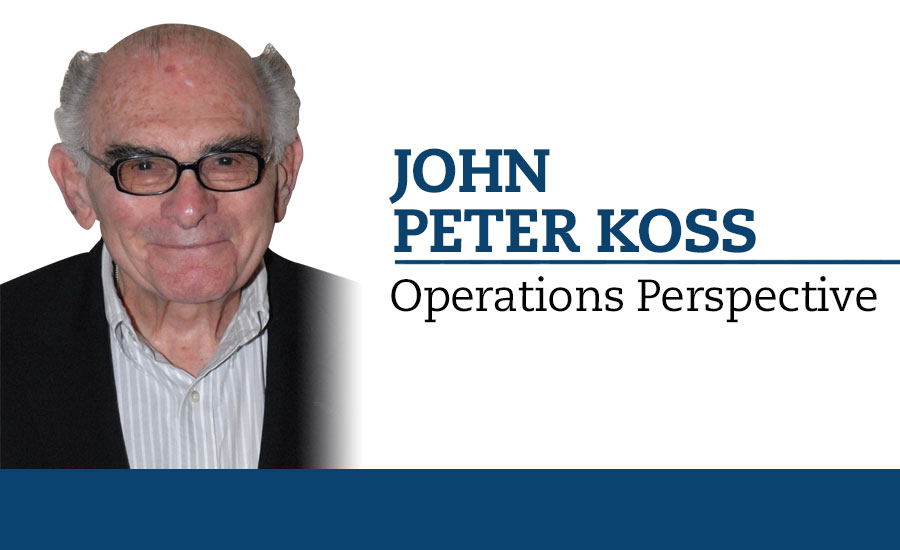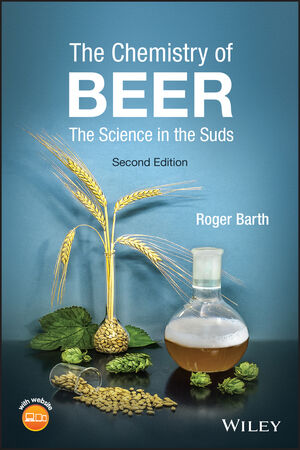Training increasingly important with changing operations
Operations benefit from trained people and machines

The industrial world has been transitioning from manual to automated environments at various rates of progress for at least the past century. During this time, the issue of training always has been a key objective for dealing with people, machines, and their capabilities and capacities to effectively cope with change of the what, how and when work tasks are accomplished. When training is discussed, it usually involves a variety of definitions and is focused on people; however, from experience, observation and further research, the training definition has become more finite, descriptive and inclusive.
Because operating conditions constantly are changing, the need for training is increasingly important and the range of application covers areas not normally contained in the context of training formats. According to the Webster’s Dictionary and traditionally accepted viewpoints, training is the process of providing instruction for how to perform specific tasks, operations or other actions for a desired result. This is, or has become, the basic premise upon which the whole idea of training is predicated, whether it pertains to people or machinery.
Training, in whatever form it takes, has a broad and complex road to follow. The skeptics, doubters and other dissenters question the value of training; however, it is an essential component not only in beverage operations, but in other industries as well.
From an operations perspective and engineering viewpoint, the traditional definition of training must be followed regardless of the application: instruction for task performance.
Simple enough, but program observations, historical experience and real-time situations have indicated that the training viewpoint must be expanded in context because it is a vital step and is absolutely essential for both people and machines to be trained/directed. For task performance, how do you approach each segment to ensure instruction (training) has been provided to the necessary extent?
In beverage operations, people have entered the industry at low skill-level positions and received on-the-job training from experienced co-workers. For years, this method served a valuable purpose; however, there always was the risk of varied instruction, including maintenance techniques and insufficient detail, which resulted in ineffective performance, low productivity or injury. As manual tasks for people changed, overall operating conditions introduced new variables and comprehensive and consistent instruction became necessary.
Training people is absolute to perform the ever-changing tasks. For example, instead of 100 percent manual control of an operation at a work station, 50 percent of the manual task was transferred to the machine (semi-automation). This situation makes it necessary to clarify machine operator versus machine attendant caused by the task division — from operator to attendant. These situations started the transformation and created the expansion of training, per se.
With the past transfer and future expected migration of manual tasks to machines, it becomes apparent that the beverage operating environment now is demanding that machines be instructed/trained to not only do previous manual tasks, but also other tasks depending on specific operating conditions. The challenge here is to determine how much instruction an individual or groups of machines are capable of using.
This transition, referred to as automation or computerization, involved the large-scale transfer and, in some cases, elimination of manual tasks. During the past two decades, transfers have accelerated at an exponential rate.
Now, the training or instruction challenge has become more complex on both sides of the coin — people and machines. With people, instructive training not only involves well-developed procedures and tasks, but also the ability to understand the functional operating responsibility of semi-automated, automated or computerized machinery and equipment.
Although there might be some concern about “training” a machine, in reality, programmable logic controllers have existed for a long time. The technology has developed to the extent that most beverage production equipment can be programmed almost to the point of total automation, but not quite yet. Wrapping, casing and packing equipment along with robotics at the end of the line are good examples of this development, and more is on the way. Online monitors also can be classified as “trained” equipment attached to specific machines to detect performance increases and downtime.
The training transformation is dynamic, continual and must be executed with the utmost care and dedication. It takes an astute management philosophy toward people and machines to make any instructional training program work. Your investment is there, and training of the investment offers protection in the long term.
Here are some guides to assist your program: determine training needs, assess the type/source of material, engage competent training personnel, set workable schedules, evaluate execution, use an on-going philosophy and maintain positive management support. Although more guides are available, these basic steps will provide a constructive approach for a successful mission. BI
Looking for a reprint of this article?
From high-res PDFs to custom plaques, order your copy today!





